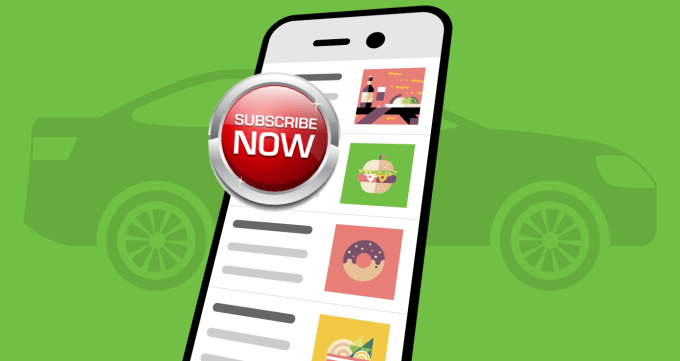Editor’s note: Drew is a geek who first worked at AOL when he was 16 years old and went on to become a senior writer at TechCrunch. He is now the VP of Communications for venture equity fund Scaleworks.
I have a confession to make. It’s something that I live with daily. It’s not that I’m not proud of it…it’s just that I’m never sure how people will see me after they know my “secret.”
Here goes nothing.
I.
Was.
A.
YouTuber.
Yes, there it is.
Whew, I feel so much better. Or do I? Actually, I don’t. Get ready for a whole lot of “In My Day…” and “It Wasn’t Supposed To Be Like This” because to quote Whoopie Goldberg in Ghost, “Molly, you in danger girl.”
In the beginning
Just to set this up, I’m from Philly. Basically as far away from “Silicon Valley” as you can be in mind and spirit. Before I was a YouTuber, I was a podcaster. A bunch of friends and coworkers of mine wondered out loud, “What if we just recorded ourselves talking about technology? Would anyone listen? Do we even care if anyone listens? No? OK, let’s do it.”
The Best Damn Tech Show, Period. was born.
We went to meetups, podcast tapings, we even got sponsors. Crazy. People kinda listened. We learned about RSS and editing and compression and all kinds of things. It was never a real “side hustle” but just for fun. We had a blast.
Then on February 14, 2005 in the faraway land of San Mateo, CA, a site was born. It was called “YouTube” and it was amazing. Democratization of video. You didn’t have to be famous or important to put anything on it. You could goof off, show a video of your cat doing something stupid and maybe 40 people would watch and you went along on your merry way. It wasn’t an obsession, it was a distraction. Kind of like TV is, but for anyone and everyone.
That was the point.
Google saw potential to the tune of $1.65 billion when they acquired it lock stock and barrel in November 2006. Who knew cat videos could be such a big business? In reality, Google saw ridiculous engagement, mostly on illegal content (which they took on the legal battles without batting an eyelash), that they saw an opportunity to grow it into what it is today…but we’ll get to that later.
Anyways, so here we are, making these fun podcasts and then I asked the group “Hey, what if we put a web cam on us while we talked and uploaded it to this site YouTube. Maybe people would watch us.” It sounded even goofier than podcasting. But we did it.
And it was…something.
But still, we shot our videos, maybe did some editing because we wanted to learn, and then we tossed it up on this site and went along on our merry way. Sometimes we offended someone, but mostly we just used foul language and talked about Silicon Valley stuff from the perspective of blue collar Philly people.
The years went on and it got more fun. We built a set in a house in Philadelphia and we had actual guests on. (Mostly we just drank and goofed off but it was fun.) The production quality was better, we got more sponsorships, and we kept on doing it for a few years.
Other platforms came along like Blip.tv, and we’d put our stuff on there. But what we were noticing is that people were kinda watching our videos, and then kinda visiting our website and then kinda leaving comments. We had a very small but mighty “Community” and it was cool. And then we went along our merry way, moved all over the country, had families and stopped shooting.
The (de)evolution
The bridge from the “Old” YouTube to the “New” YouTube, in my mind, is when they acquired a company called Next New Networks in 2011.
Former TechCruncher Jason Kincaid’s lede says it all:
Cute kittens and toddlers may be YouTube’s bread and butter, but Google’s video portal needs more than that to encroach on the goliath that is cable TV. But instead of shelling out for the rights to premium content from cable networks, YouTube is hoping it can nudge its existing community toward making high quality videos.
Translation: Spend more time on this stuff and we will make sure you get paid for it.
The game was changed.
From YouTube’s blog in 2011:
In fact, the number of partners making over $1,000 a month is up 300% since the beginning of 2010 and we now have hundreds of partners making six figures a year. But frankly, “hundreds” making a living on YouTube isn’t enough and in 2011 we know we can and should do more to help our partners grow.
Some said that YouTuber PewDiePie makes $12 million a year.
A Year.
Oh yeah, something changed big time in 2011. It’s certainly not fun and games anymore, this is a “business” and when things turn into a business, you lose the fun.
Now I’m not going to get into anymore stats or whatever, but it doesn’t take a rocket scientist to figure out that when millions of people talking about funny cats turns into one person making millions of dollars for their videos, some baaaaad things are going to happen.
Forget YouTube as a “Community” for a second. PewDiePie has a Community. They’re fans. They fight with other Communities to protect their golden child. It gets nasty, and when you zoom out it pretty much looks like a five-year-old arguing on a school blacktop. It’s silly. But when you zoom in, you see something way more nefarious. Those bickering communities drive engagement. A lot of engagement. Engagement is eyeballs, and advertisers pay for eyeballs. They don’t care whose eyeballs and what those eyeballs are watching…they just want to be in front of them.
How does YouTube police this? Well, for the most part, they don’t. Why would they? I say that sarcastically, because of course they should police it. We’re human beings with hearts and souls and feelings. The almighty dollar couldn’t drive most decisions at any company could it? Could it? Of course it does.
Community at scale is an unmitigated disaster
A very smart person who wasn’t always so popular once said “Community Doesn’t Scale” and it threw me into a tailspin. They’re wrong. Look at Facebook, Look At Reddit, Look At YouTube. THEY’RE HUGE!!!”
Clearly, I had missed the point and they were right.
So as this YouTube thing evolved, the happy little coders and engineers and product managers watched how we skipped from cat vid to cat vid, shared them on other sites like MySpace or Fartster or whatever, and built the platform around those tendencies.
Growth hacking. More engagement, more eyeballs, more money, yadda yadda.
So are you surprised that YouTube is now a playground for pedophiles? No..I’m not, because the company that built the growth engine around the early community that just wanted to share a video of their grandfather falling off of his chair while sleeping is now being applied to assholes who call actual other human beings “queer mexicans” for a laugh and views, sans any real humanity behind it.
Duh.
YouTube, with Google’s firepower, has been building this engine since it got its grubby little hands on it in 2006. Twelve Years. It’s taken Twelve Years to become this awful. The Community that YouTube was built around is the Community that is now telling the company that bad things are happening and they might want to take a look at reeling things in before all hell breaks loose and people start dying in large quantities because of the goings on on its site. They call it “personalization” and they say it’s a “tailored experience” and on and on. It’s actually quite laughable how far justification can get you when you don’t really care.
Will YouTube change? HELL NO. Why would they? When you spend that long to perfect being trash, you’re probably pretty proud of it.
Back to “Community”
If you’re a YouTuber user, you’re not a member of its Community. Because if you were, they’d give a shit about you.
Here’s a real definition of “community”: a feeling of fellowship with others, as a result of sharing common attitudes, interests, and goals.
It’s a feeling, not a box. And that feeling isn’t reciprocated from YouTube. How do I know? YouTube’s CEO has proven it:
This may rub some the wrong way…but that’s a flat out lie.
Even today’s chest-beating over removing some supremacist and hateful content comes off as extremely weak and self-serving:
“Thanks to these investments, videos that violate our policies are removed faster than ever and users are seeing less borderline content and harmful misinformation.”
Do you want a cookie?
Look, just because we all like to watch videos, we’re a member of a “Community”? Nope, doesn’t work like that. You’re a cog in a wheel, you’re the eyeballs, you’re not a part of something big and great. Your feelings and well-being simply don’t matter. Sucks, but as my dad used to say “dems da breaks.”
Community doesn’t scale, because by nature…it can’t. YouTube may grow in size, but it will grow without the people that they originally built the platform for and around. Shedding annoying skin like a snake. It will evolve, but for the people who use it today for whatever they use it for today that makes more money for YouTube. Make no mistake, their best interests won’t be kept in mind either, just like the original crowd’s wasn’t and weren’t.
The Steven Crowder’s of the world will move out and be replaced by some new jackhole group of people that likes to fish fight each other to the soundtrack of the Terminator or something. Whatever it is, it’ll be weird. And yes, it’ll come with all new problems. And no, YouTube won’t do anything to “fix” them.
The company just doesn’t care.
So yep, things have changed. I’m an “old” but I’m not asking you to get off my lawn. I’m going to get off yours. I had fun making goofy videos and learning how to make them. Hearing from people who liked our stuff was neat. But we moved on. And with YouTube as a whole, I’ll move on. Because it’s not mine anymore.
Maybe I’ll find a new one.
Have fun, and be safe.
Read Full Article







 A year later, Derek Shen, the LinkedIn executive who led the launch of LinkedIn China,
A year later, Derek Shen, the LinkedIn executive who led the launch of LinkedIn China,  More generally, and likely to better compete against local players, LinkedIn tells us that it’s rebooted its growth strategy in the country last month. That new strategy appears to be based fundamentally on any new services or partnerships now stemming from one centralised platform.
More generally, and likely to better compete against local players, LinkedIn tells us that it’s rebooted its growth strategy in the country last month. That new strategy appears to be based fundamentally on any new services or partnerships now stemming from one centralised platform.



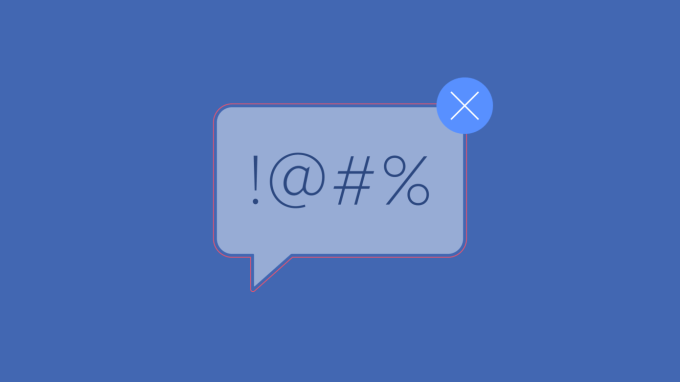
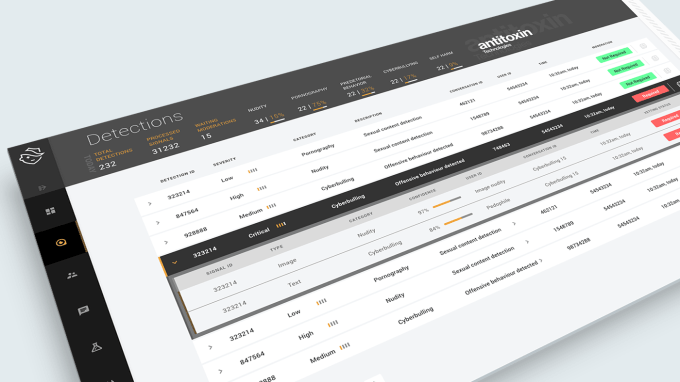
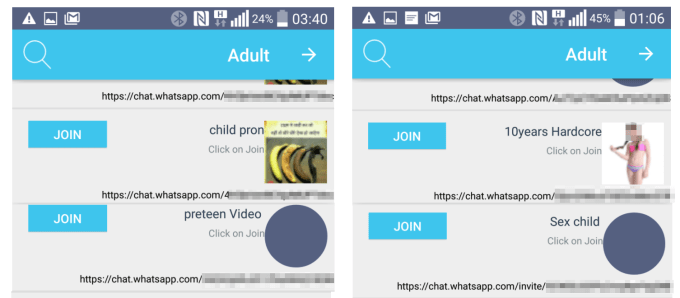









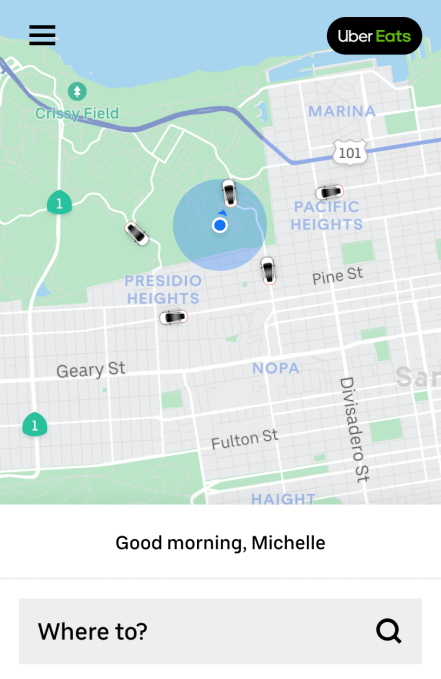
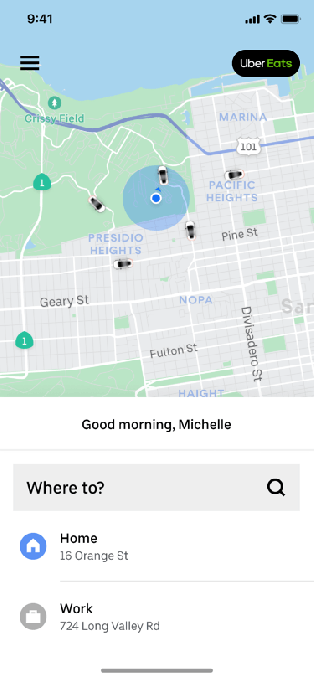 “We’re rolling out a new way to order Eats directly in the Uber app on Android (we’ve already been experimenting on iOS)” an Uber spokesperson tells me. “This cross-promotion gives riders who are new to Eats a seamless way to order a meal via a webview instead of opening up the App Store for download.”
“We’re rolling out a new way to order Eats directly in the Uber app on Android (we’ve already been experimenting on iOS)” an Uber spokesperson tells me. “This cross-promotion gives riders who are new to Eats a seamless way to order a meal via a webview instead of opening up the App Store for download.”